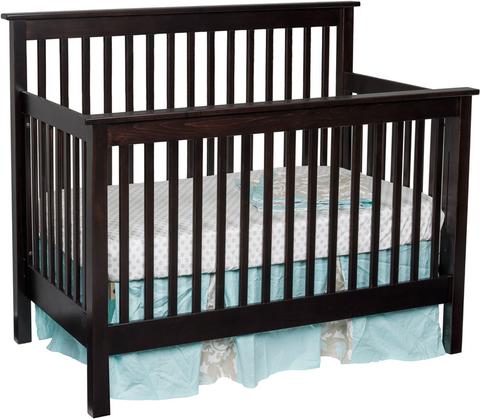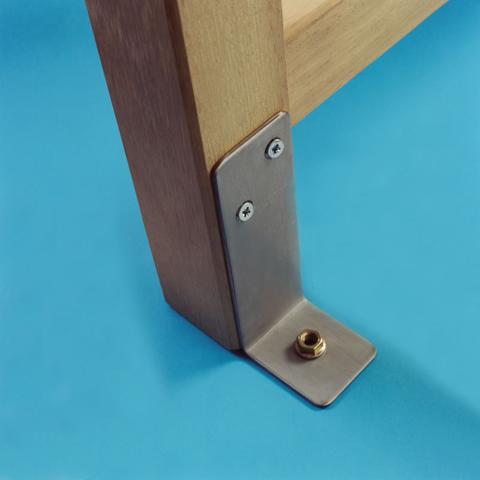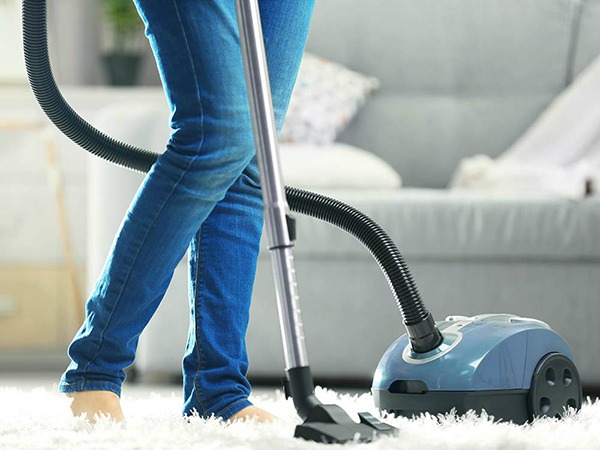A mortgage pre-approval shows you what value of home you can afford, and the mortgage payments associated with it at various purchasing prices. It will guarantee a mortgage rate for a period of time, which will protect you against any potential rate increases.
Reasons to Refinance Your Mortgage
- Take advantage of low interest rates
Don’t let the penalties of breaking your contract deter you because breaking your contract for a lower interest rate can save you money in the long term (depending on the penalty and the size of your outstanding mortgage). Usually, if you have a variable rate mortgage, you will likely pay a penalty of three months interest. If you have a fixed rate mortgage, you will pay the greater of three months interest.
- Access equity (cash) in your home
If you refinance, you can access up to eighty percent of your home’s value, which is extra money for any investment opportunities, home renovations and more. There are several ways to access this equity which include:
- Breaking your mortgage
- Taking on a home equity line of credit
- Extending your mortgage with your current lender
- Consolidate debt
If you have enough equity in your home, you could pay out debt through a refinance. This is great for car loans, line of credits or credit card bills because you might be able to consolidate all of the debt through the refinance options available to you.
Methods of Refinancing Your Mortgage
There are actually several options available if you want to consider a refinance which are:
- Breaking your existing mortgage contract early
You could consider breaking your existing mortgage early only if you want to get a lower interest rate or to access the equity in your home. In this case, you will eliminate your existing mortgage and take on a brand new one with any lender of your choosing.
- Add a home equity line of credit
A home equity line of credit will give you access to the equity in your home at your own discretion. You will be responsible for the interest only payments each month on the outstanding balance. You can access a home equity line of credit either through your existing lender or through a small subset of other lenders.
- Blend and extend your existing mortgage
Your existing mortgage lender can offer you a “blended rate” which essentially means a blend of your current mortgage rate as well as any additional money that you are borrowing at current market rates. However, blended rates are usually almost always higher than most of the competitive mortgage rates out on the market, so make sure that you compare the blended rates against the savings if you break your mortgage, in order to make a worthwhile decision.
Costs of Refinancing Your Mortgage
The cost to refinance your mortgage will depend on the strategy you use to access your equity or to lower your interest rate. However, no matter the strategy chosen, you will have to deal with the legal costs that come with a lawyer, as they must change the financing on the title.
If your mortgage balance is over $200,000, most brokers and/or lenders will cover this cost. However, if you are breaking your mortgage in the middle of your term to access the equity or to lower the interest rate, your lender will charge you a prepayment penalty.



































Recent Comments